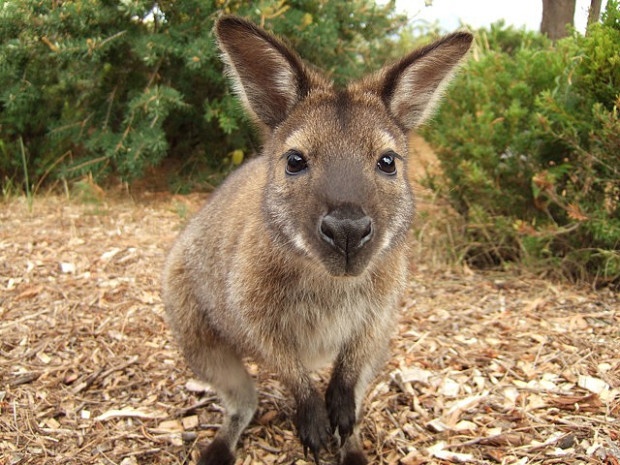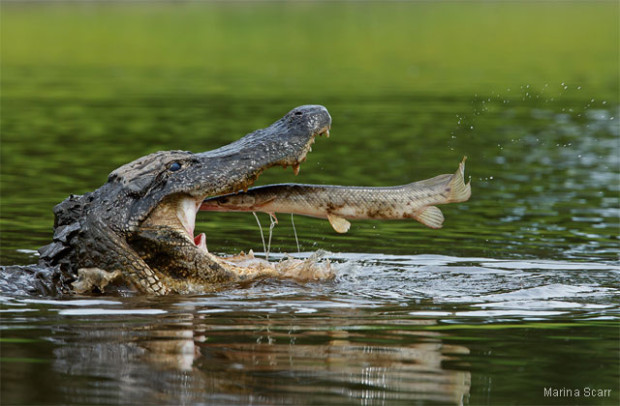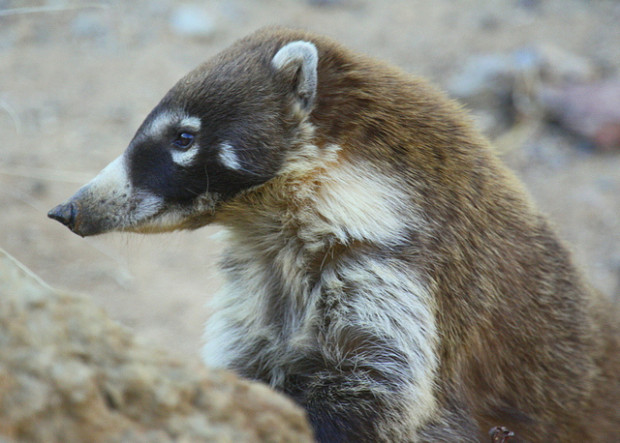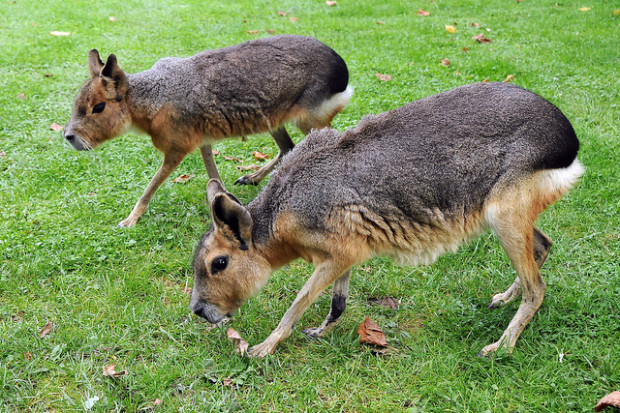We have much more to do and your continued support is needed now more than ever.
Wildlife Olympians on Today Show
The Olympics are here and with them, a celebration of the world’s best athletes. In keeping with that theme, for my latest appearance on the Today Show I brought wild animals that are impressive athletes in the game of survival.
Here’s the clip:
[flash width=”592″ height=”346″ movie=” http://www.msnbc.msn.com/id/32545640″ FlashVars=”launch=54202108&width=592&height=346″]
Here are some additional facts about the animals in the segment:
Arctic Fox

Although small, Arctic foxes are extreme winter survivors. Their thick, white winter coat protects them from the crushing Arctic cold. Their white fur offers winter camouflage, but they shed it in spring and grow a gray-brown coat (because even in the Arctic the snow melts for a short time in summer). Artic foxes feeds on rodents, birds and in the winter they follow polar bears out onto the sea ice and scavenges their seal kills.
Bennett’s Wallaby

Alligator

Alligators take home the gold for the extreme strength of their bite. An alligator can bite down with a force of over 2,000 lbs. That’s like getting a car dropped on you. Alligators are found in Florida and coastal wetlands north to the Carolinas and west to Texas. In winter they dig burrows in banks and go dormant. Once endangered, their population is now fully recovered due to the protections of the Endangered Species Act.
White-nosed Coatimundi

Patagonian Cavy

See more of David’s TV segments, blogs and upcoming appearances at www.naturegeek.org.






















